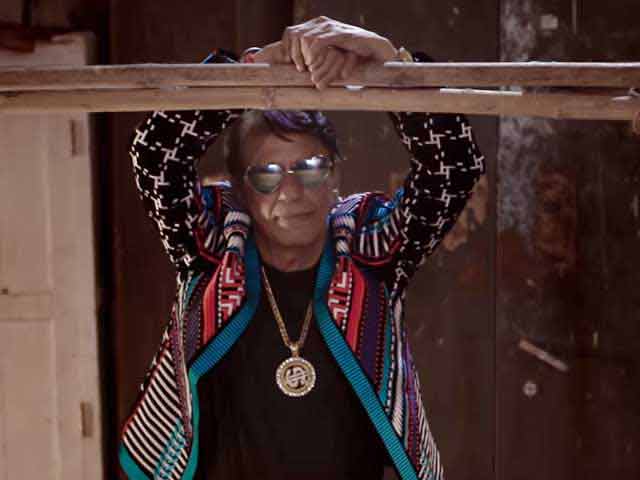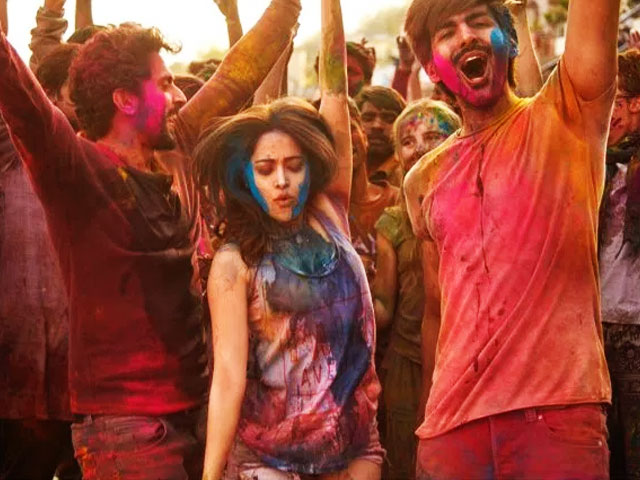Tomorrow all of us will step out with fistfuls of colour and the oldest garbs. We will have tremendous fun playing Holi with friends and family. There will be dancing, there will be bhang and there will be memories created.
As interesting as the Holi celebrations is the story behind Holi. Actually, what we celebrate with colours is ‘Dhuletti’ or ‘Rangpanchami’. Holi is celebrated today with the burning of the Holika bonfire.

Image Credit: flickr
So, what is the significance behind Holi?
Holika is the name of a Demon king Hiranyakashipu’s sister. The demon king was granted immortality with five powers: He could be killed by neither animals nor humans, neither indoors nor outdoors, neither during the day nor at night, neither land, water nor air, neither air borne nor handheld weapons. Hence, basically he was granted immortality with loopholes.
But the demon king became conceited with his boon. He became so vain that he would kill his subjects at the slightest displeasure. To him was born son Prahlad. The son was a worshipper of Vishnu. When the king asked him to worship his father instead, Prahlad refused. Thus the king devised various means to kill Prahlad, seeing him as a threat to his power.
Ultimately, Vishnu appears in a special avatar of Narsinha, half man-half lion, at dusk, the time between day and night, and kills the King on the doorstep in his own lap, which is neither land, water or air. He uses his nails as a weapon, which are neither air-borne or hand-held. Thus, he uses the loop holes in the boon to kill the demon king.
But Holi is celebrated as a significance to an intervening chapter in this story. In his attempts to kill Prahlad, the king asks his sister, who is immune to fire, to sit on a bonfire with Prahlad. Prahlad starts praying to Vishnu, and Holika gets burnt instead of him.
This is why we celebrate Holi on the eve of Vasant Panchami, to remind ourselves that ultimately good wins over evil.

Image Credit: navbharattimes
The other most popular origin of the festival is the legend of Krishna. The Hindu deity, embarrassed by his dark blue skin, told his mother he was worried his love Radha would not accept him. She told him to colour Radha’s face whatever colour he wanted; when he did, they became a couple.

Image Credit: Badrinath Ki Dulhania
Why is gulaal thrown into the air on Holi?
Colours are flung into the air and at each other to symbolise Radha Krishna’s legendary and divine romance. The powder also signifies the coming of spring and all the new colours it brings to nature. Incidentally, this time is also closer to the summer equinox, which signifies the arrival of summer and the end of winter.
Historically, the gulaal was made of turmeric, paste and flower extracts, but today synthetic versions are largely used.
These legends add meaning to all the fun and frolic of Holi. It is also a reminder to the rich heritage of India’s culture.
Read Also: This Is How India Celebrates Holi













